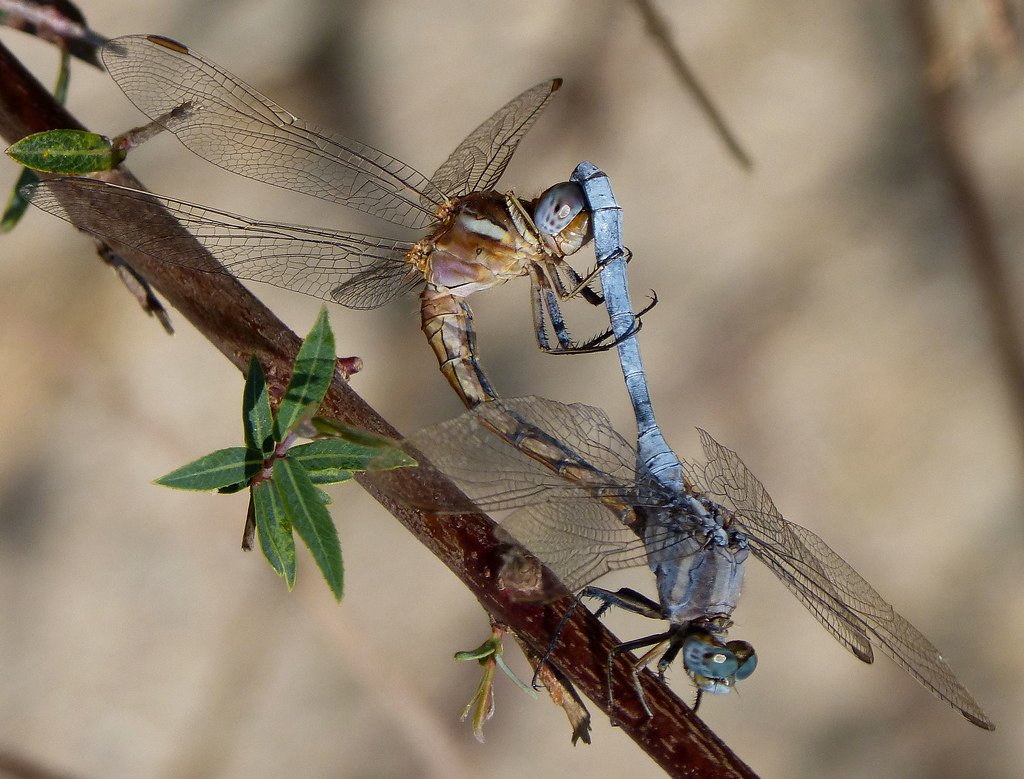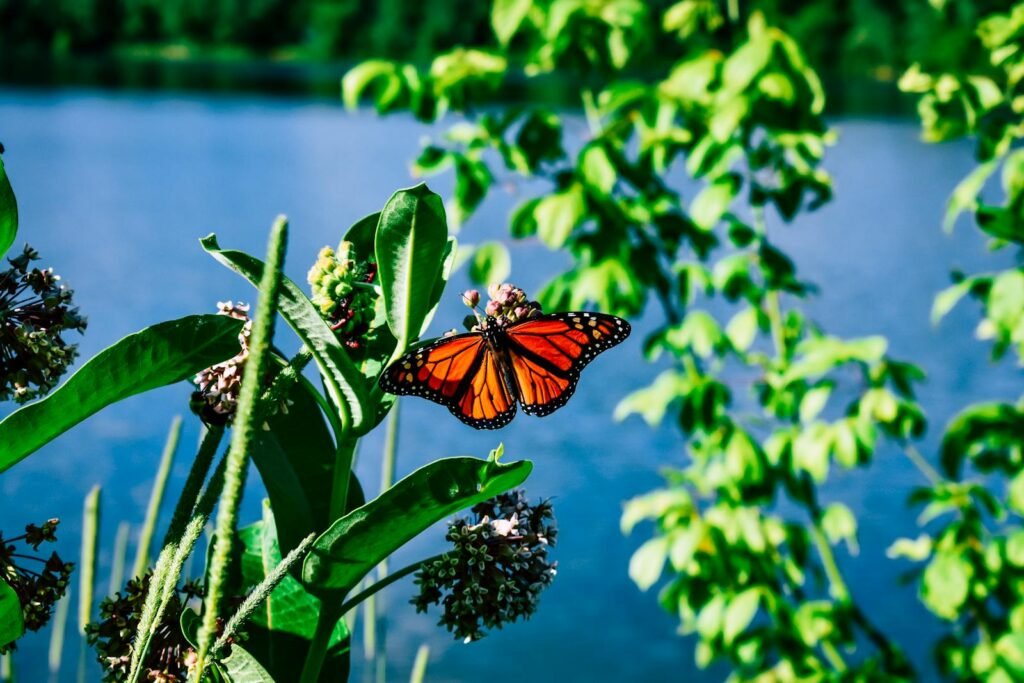The natural world holds a captivating array of behaviors, particularly when it comes to mating rituals. These rituals are crucial for the survival and continuation of species, offering a glimpse into the complex social structures and evolutionary adaptations of animals. From intricate dances to spectacular displays of strength, the following article explores 25 fascinating ways animals attract and find mates. Journey with us through the strange and beautiful world of animal courtship.
The Dance of the Peacock Spider
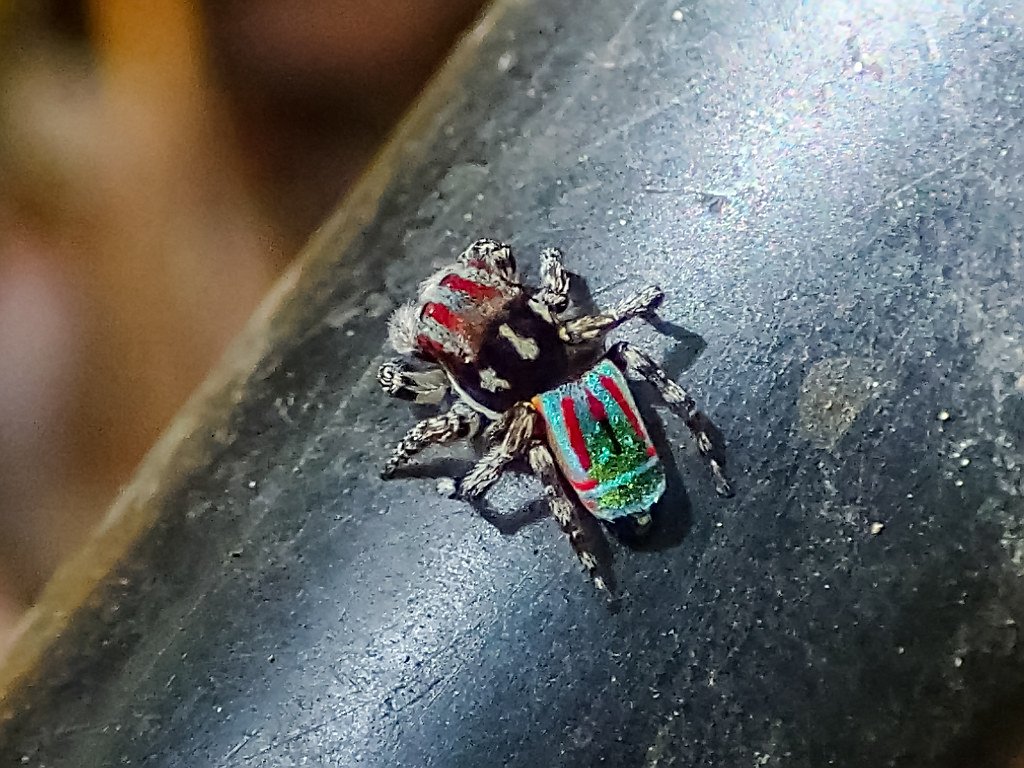
The peacock spider, native to Australia, is renowned for its vibrant color patterns and extraordinary dance routines. During courtship, the male peacock spider lifts its often iridescent abdomen like a fan to show off its vivid colors. While doing so, it performs a series of rapid leg raises and vibrations to captivate the female’s attention. If impressed, the female allows the male to mate.
Sea Horses: Role Reversal and Unique Bonding

Seahorses possess one of the most unique reproductive systems in the animal kingdom, characterized by a role reversal where males become pregnant. During Courtship, seahorses perform an elegant dance, which includes color changes and synchronized swimming. The female deposits her eggs into the male’s brood pouch, where he fertilizes and carries them until they hatch.
The Elaborate Bowerbird Architecture

Male bowerbirds from Australia and New Guinea are known for their elaborate constructions. They build intricate structures, called bowers, out of twigs and decorate them with brightly colored objects to attract females. The variety and symmetry of these decorations often determine their success in attracting a mate.
Fiddler Crab’s Claw-Waving Ballet
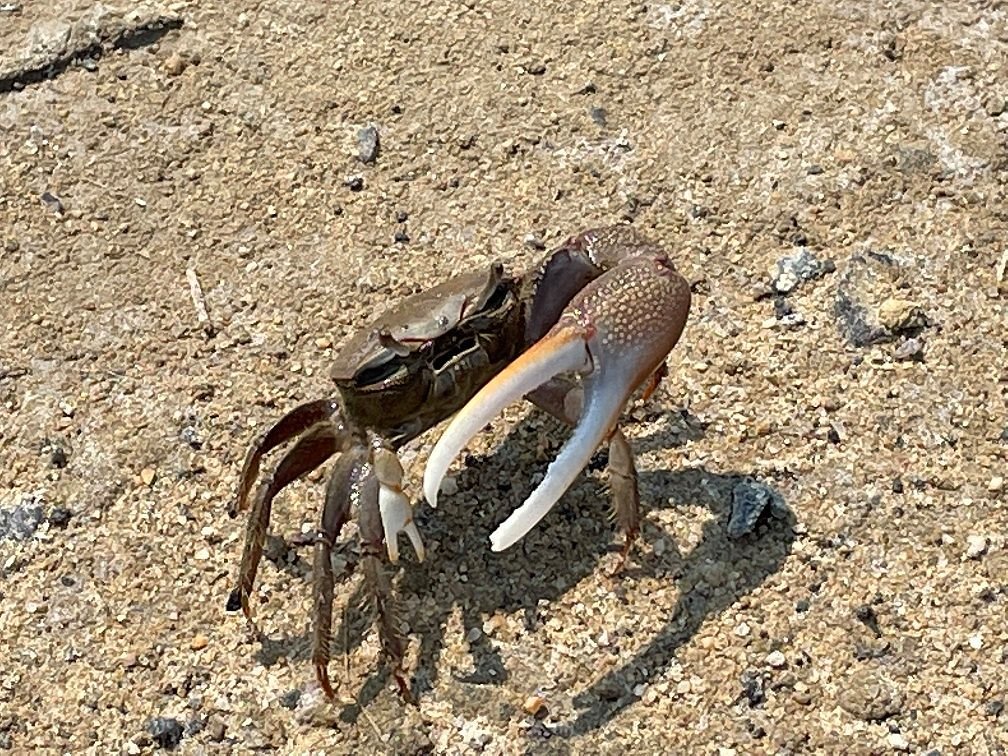
Fiddler crabs engage in a behavior that is both a demonstration of physical prowess and a form of communication. Male fiddler crabs wave their oversized claws in elaborate sequences to attract females and to defend their burrow from rival males. A faster, more sustained wave is most likely to capture a female’s interest.
Japanese Pufferfish’s Underwater Circles
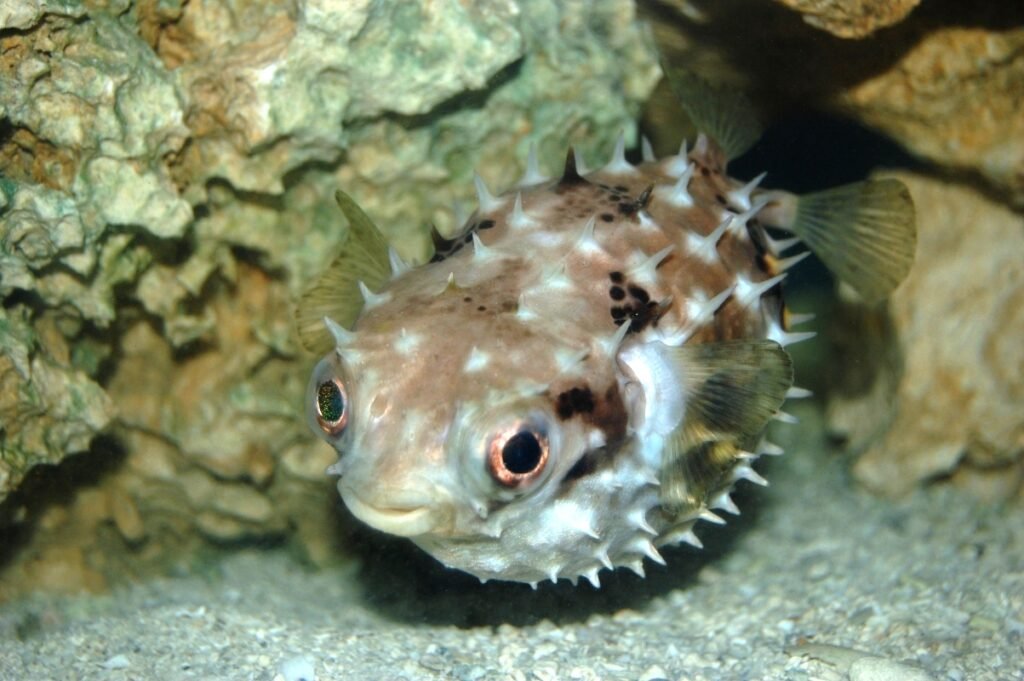
The male Japanese pufferfish is a master artist under the sea. To attract a mate, he spends days creating intricate circular patterns on the ocean floor with his fins. These delicate, mandala-like structures can reach two meters in diameter and serve to entice females to lay their eggs in the safe center of the circles.
Moonwalking Manakin’s Rhythmic Dance
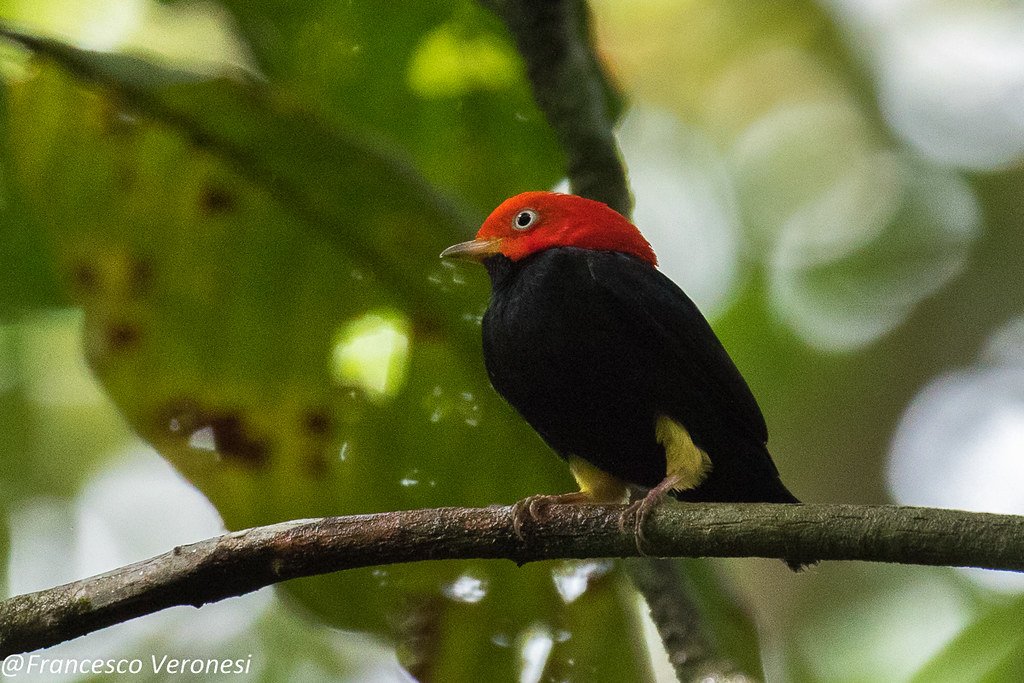
The red-capped manakin bird, found in Central and South America, impresses potential mates with a dance that resembles Michael Jackson’s famous moonwalk. This bird leans forward and slides backwards on a branch, a display of agility and rhythm designed to win over females.
Flamboyant Cuttlefish’s Color Show
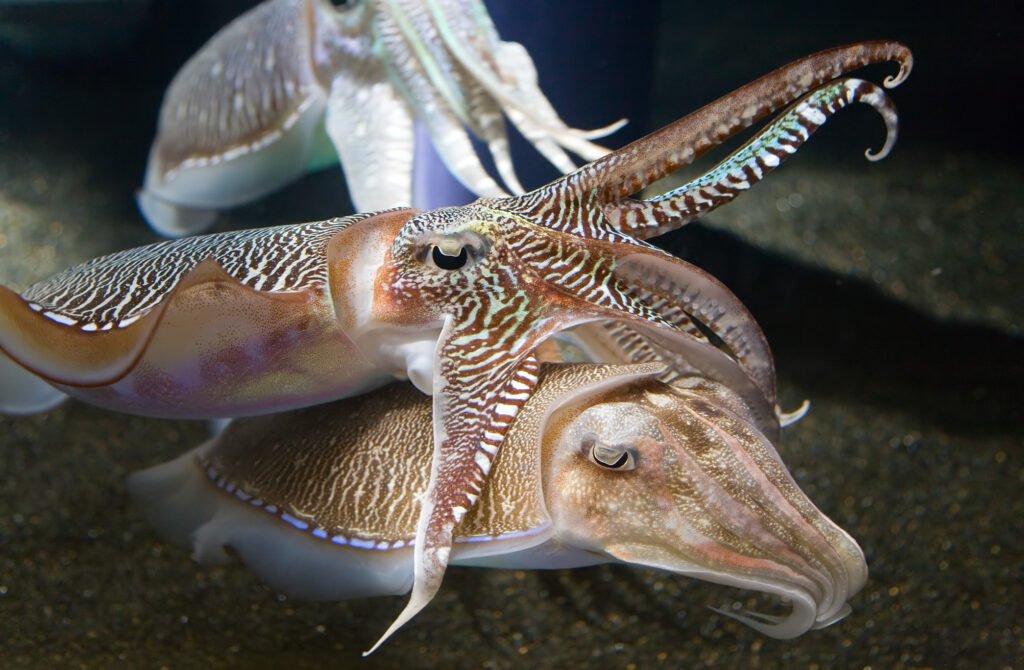
The cuttlefish, known for its ability to rapidly change color, uses this skill for more than just camouflage. During mating season, male cuttlefish create a stunning display of pulsating colors and patterns across their bodies to attract females, showcasing their health and genetic prowess.
Bottle-Nosed Dolphin’s Gift Giving

In a gesture reminiscent of human courtship, male bottlenose dolphins in some populations present gifts to females. They offer marine sponges or other objects found in the sea to demonstrate their interest and desirability as a mate.
Flamingos’ Coordinated Dance

Flamingos engage in a synchronized dance involving head-flagging, wing-saluting, and marching. These group displays help bond the flock and stimulate breeding behaviors. The beautiful coordination of movements strengthens social bonds within the flock and helps ensure genetic diversity.
Penguin Pebble Proposals
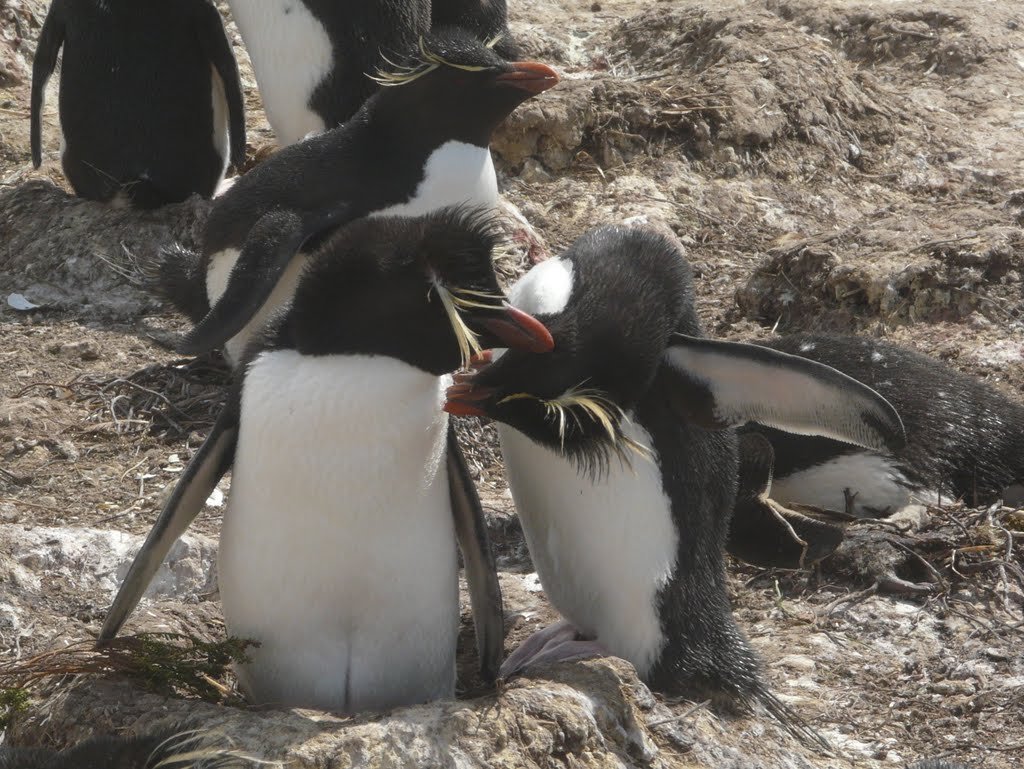
Adelie and Gentoo penguins are known for their charming pebble courtship rituals. Males search for the perfect pebble to present to a female as a gift. If the female accepts it, the pair uses the pebble to build a nest together, symbolizing their partnership.
Elephant Seal’s Vocal Battles
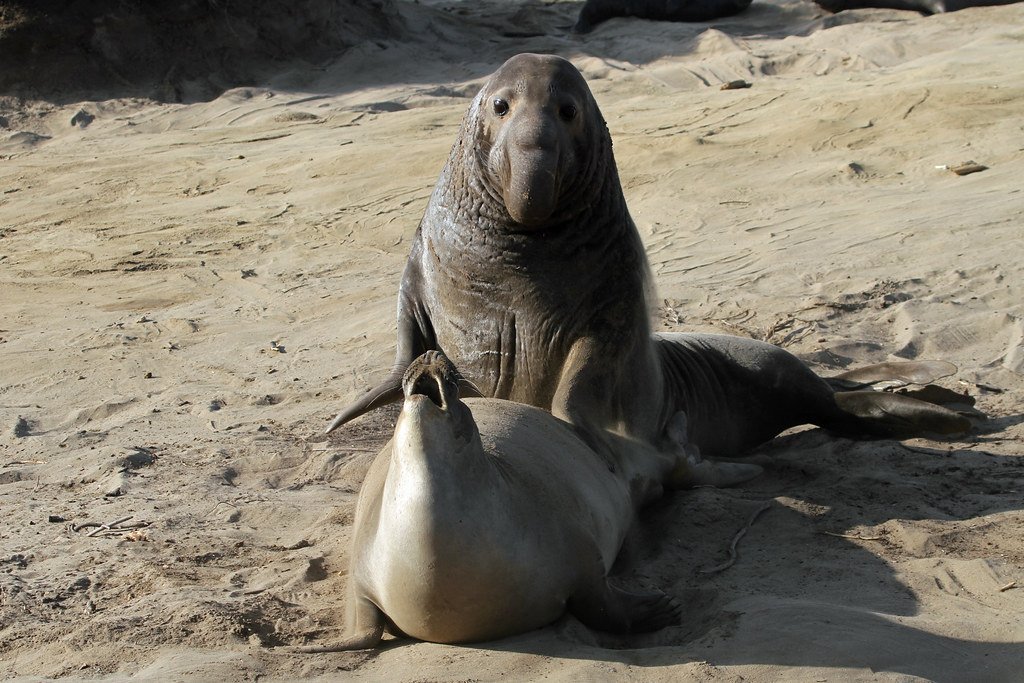
Male elephant seals, or “bulls,” engage in roaring contests to establish dominance and win mates on breeding beaches. This vocal display is backed by their physical size, with the largest males—those that can maintain a harem—achieving the best reproductive success.
Nuptial Flight of Ants

Ants participate in a coordinated mating ritual known as the nuptial flight. Winged males and queens take to the air simultaneously across vast areas, ensuring genetic mixing as they mate in mid-air. After mating, queens land to start new colonies, shedding their wings in the process.
Albatross’s Sky-High Dance
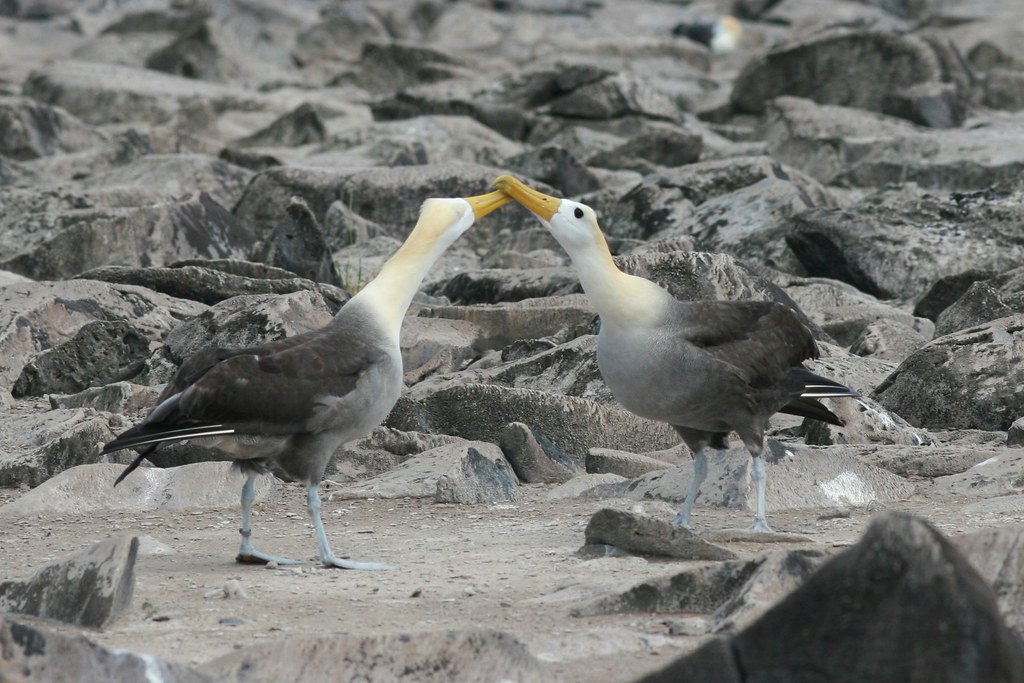
Albatrosses, known for their monogamous pairings, engage in a highly ritualized courtship dance. This dance involves synchronized movements and vocalizations that help establish and maintain long-term bonds that last throughout their lives.
Rattlesnake’s Intense Combat Dance
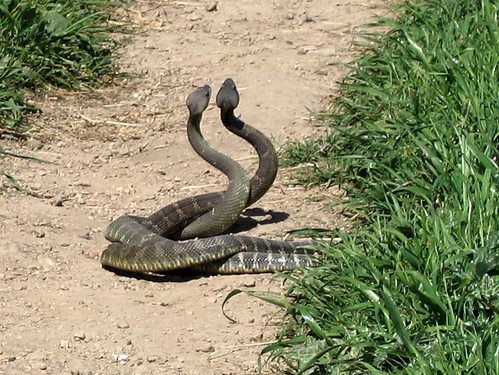
Male rattlesnakes engage in a dramatic combat dance, where they intertwine and rise into the air, attempting to exert dominance by forcing their opponent to the ground. The winner earns the right to mate with the nearby females.
Lekking in Sage Grouse
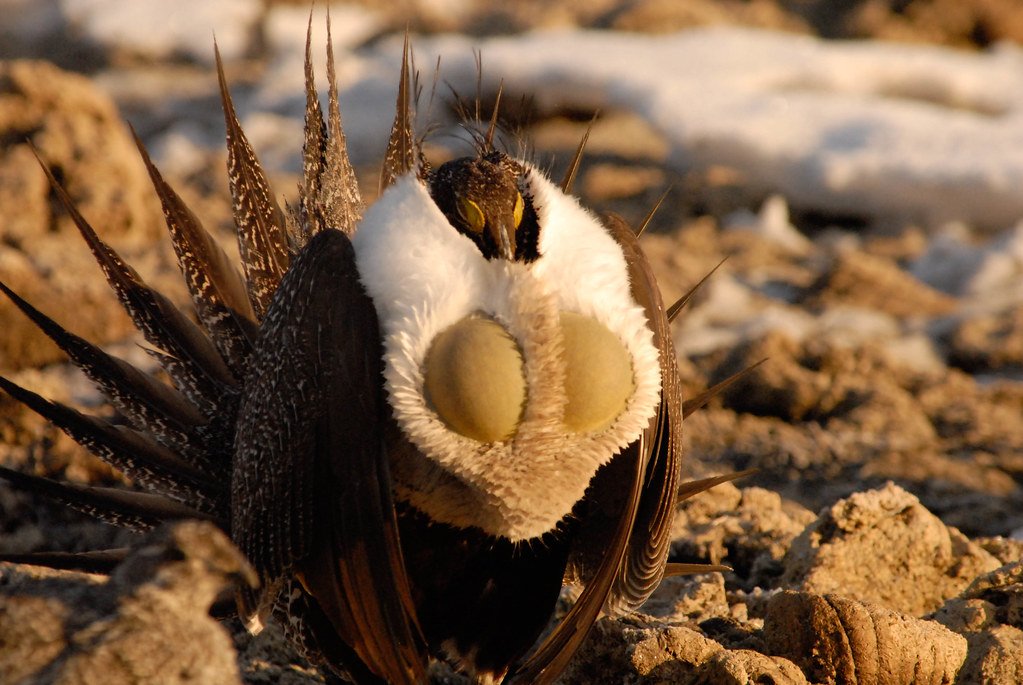
Sage grouse males participate in lekking, gathering in groups to perform competitive displays of tail-fanning and chest-pumping. The females observe the males and choose a mate based on their displays and sounds, often referred to as “booming calls.”
Black Swan’s Mirror Dance
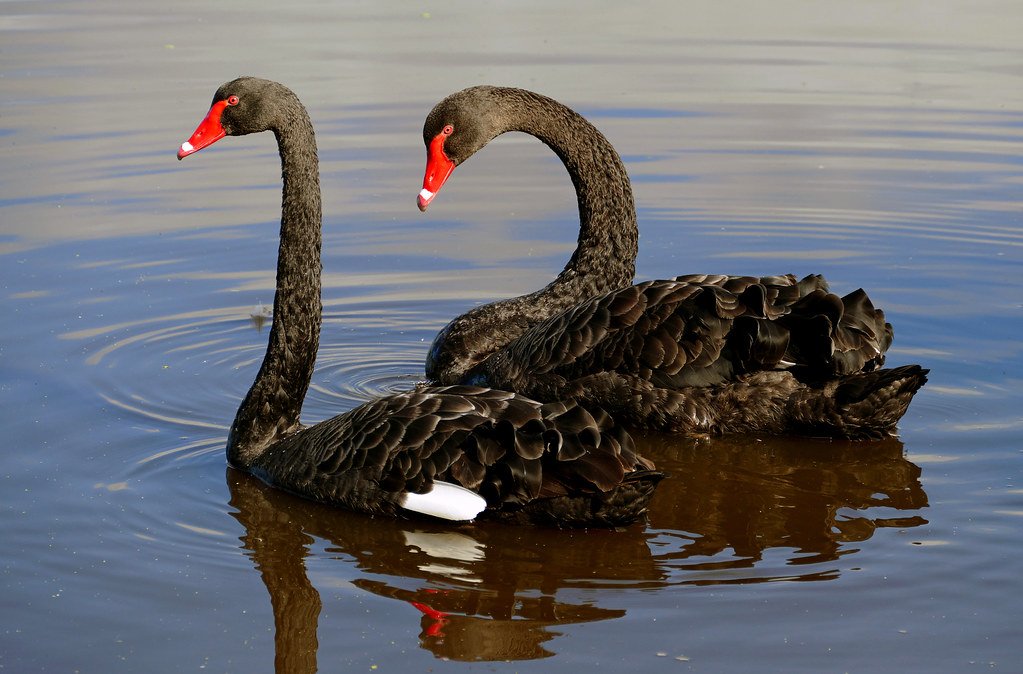
Black swans’ impressive courtship involves a mirrored dance, where the pair raises and lowers their heads, aligning their movements perfectly. This act helps reinforce their bond and precedes the building of a nest together.
Octopus’s Mating Signals
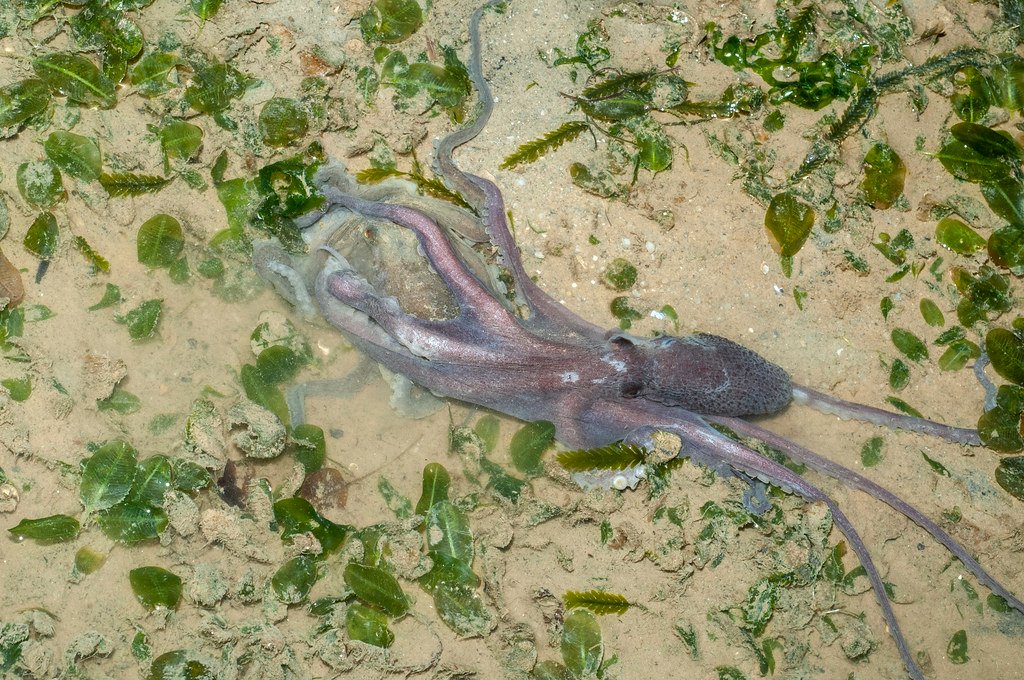
Male octopuses use a specialized arm, called a hectocotylus, to transfer sperm packets to females. Prior to this, they signal their readiness to mate through shifting skin patterns and textures, combining tactile and visual communication milestones.
Lion’s Vocal Serenade
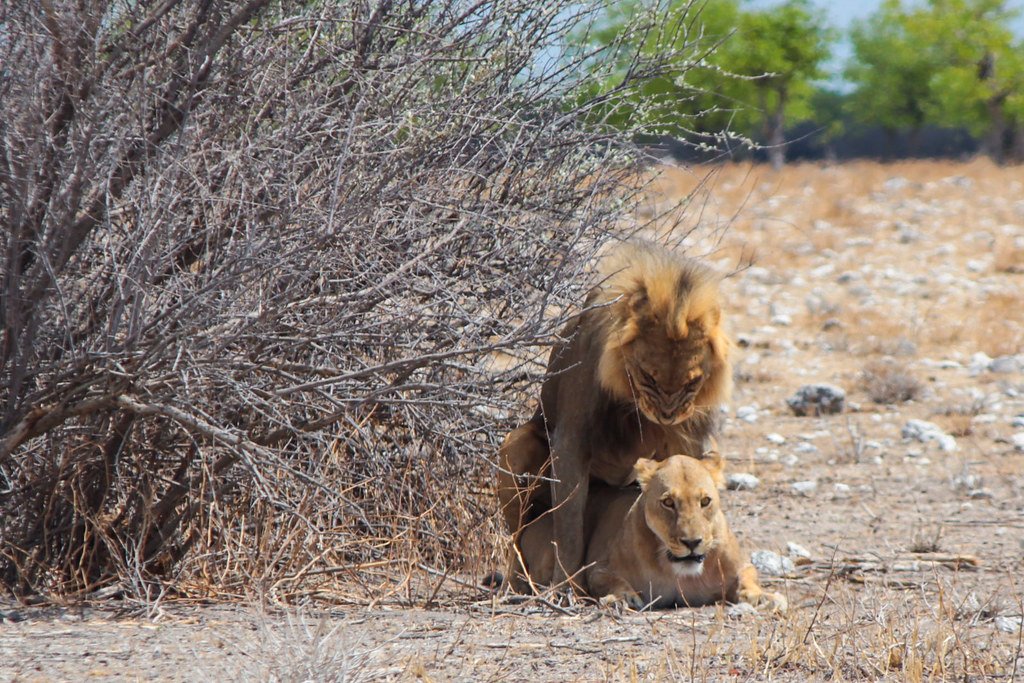
Lions don’t shy away from loud vocalizations during mating season. A male lion’s roar acts as both a courtship call and a territorial warning. When paired with loud roars, physical displays of affection, such as nuzzles and headbutts, strengthen bonds with a female.
Fireflies’ Light Display
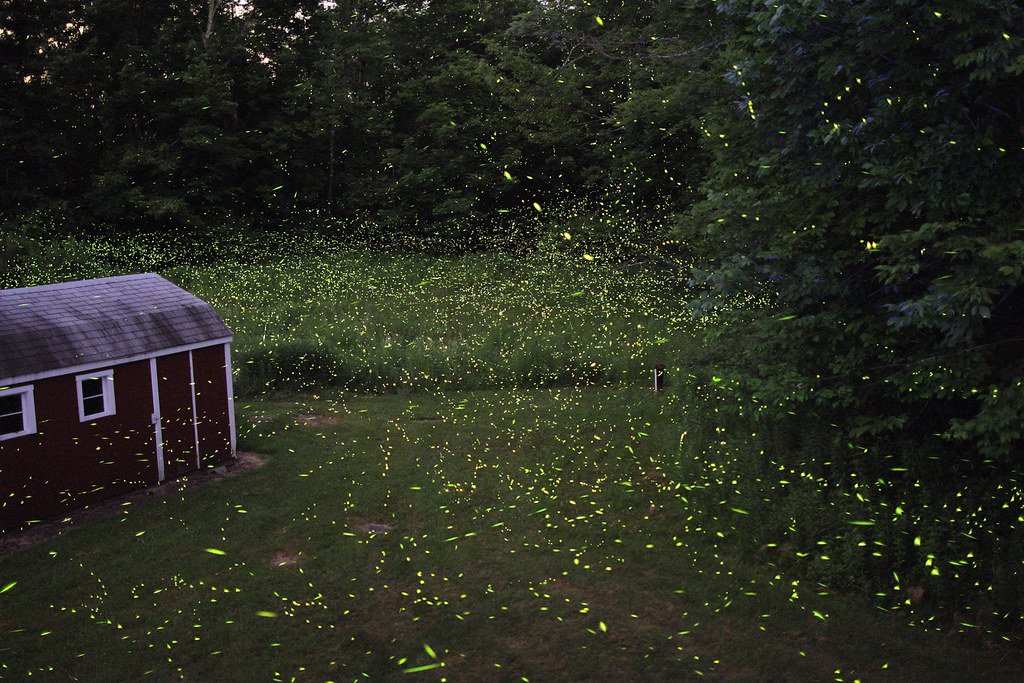
Male fireflies use bioluminescent flashes in specific patterns to attract females. Each firefly species has its own unique light sequence, acting as both an attraction mechanism and a species-recognition tool, ensuring mating between the same species.
Grebe’s Elegant Dance
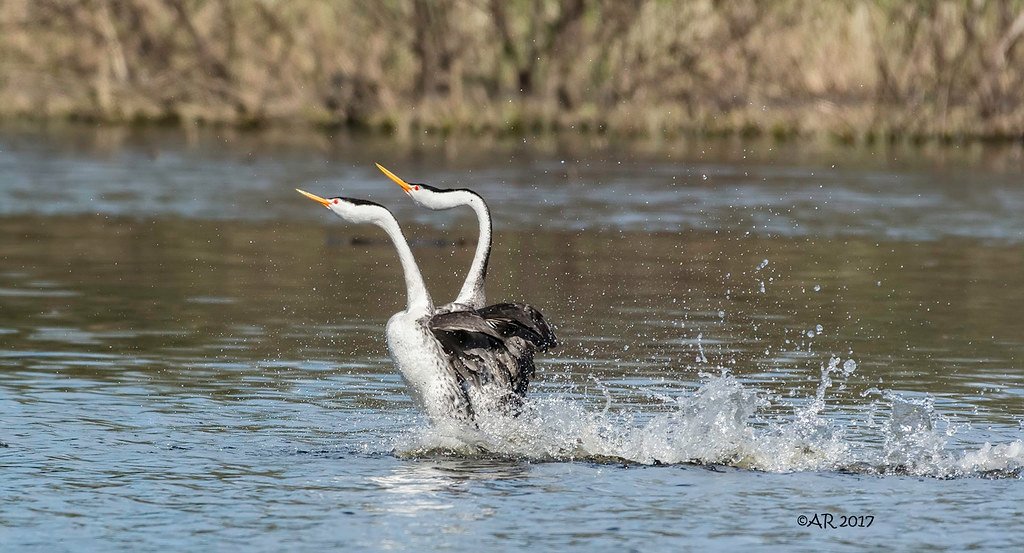
Grebes are waterbirds known for their synchronized courtship ritual, known as the “weed dance.” Mated pairs face each other, bow, and present aquatic plants in a beautifully coordinated display, reaffirming their pair bond through these mirror-like motions.
Crane’s Elaborate Mating Display
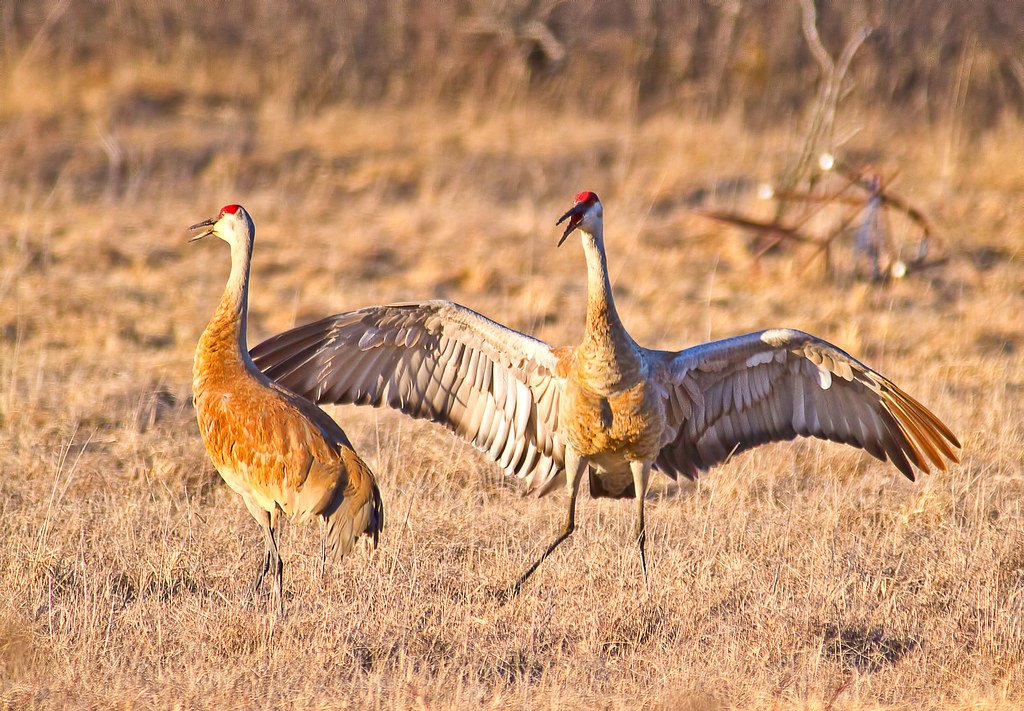
Cranes exhibit a graceful courtship dance involving synchronized leaping, bowing, and wing fluttering. Their performances are often accompanied by loud, resonating calls, enhancing their chances of pairing successfully with a mate.
Beetle Dances as Courtship Displays
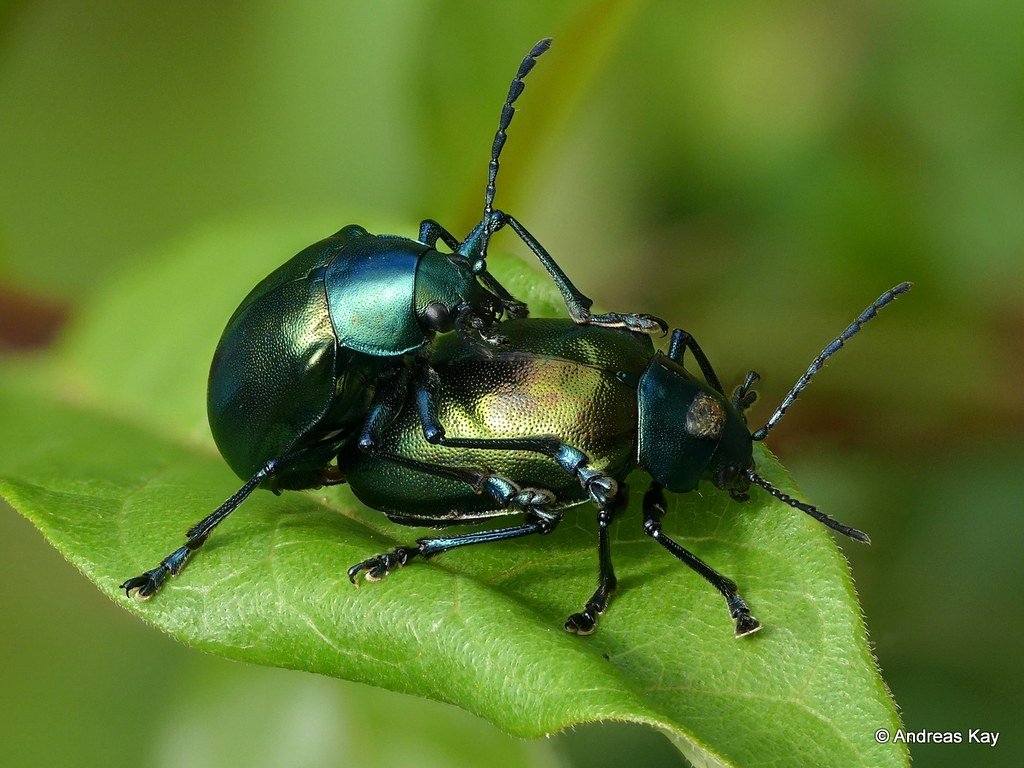
Some beetle species, like the Japanese beetle, perform courtship dances consisting of wing-tapping, vibrations, and antennal movements. These complex displays help males demonstrate fitness and attract potential mates.
Waved Albatross’s Synchronized Beak Clacking
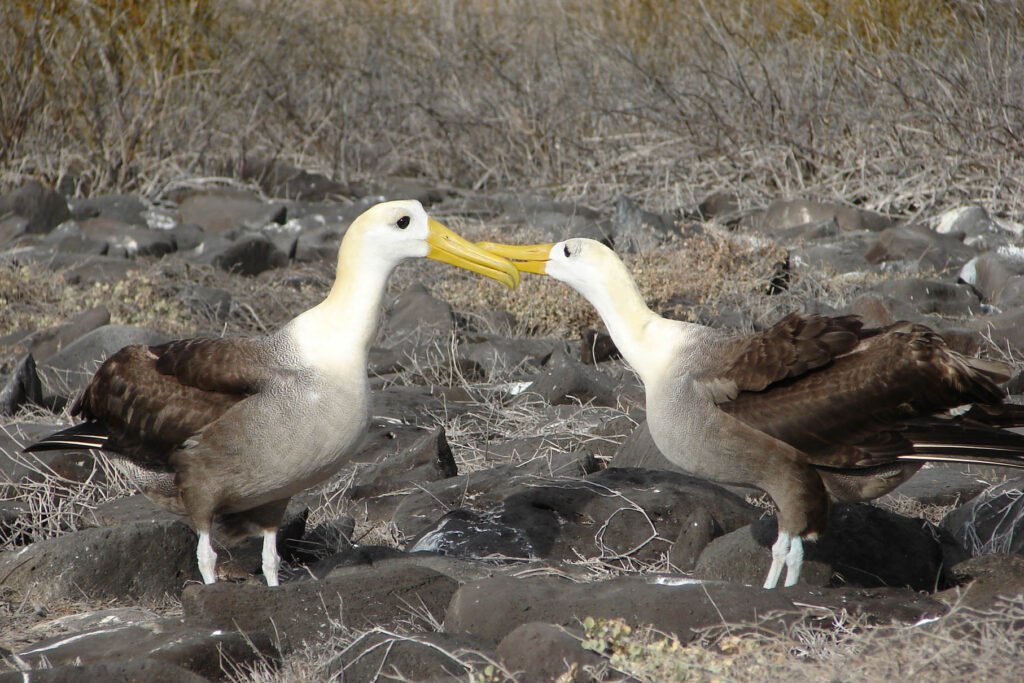
Waved albatrosses engage in a courtship routine that includes synchronized beak clacks, neck extensions, and intricate movements. This mutual dance fosters a strong, long-lasting bond that aids in their cooperative breeding efforts.
Conclusion
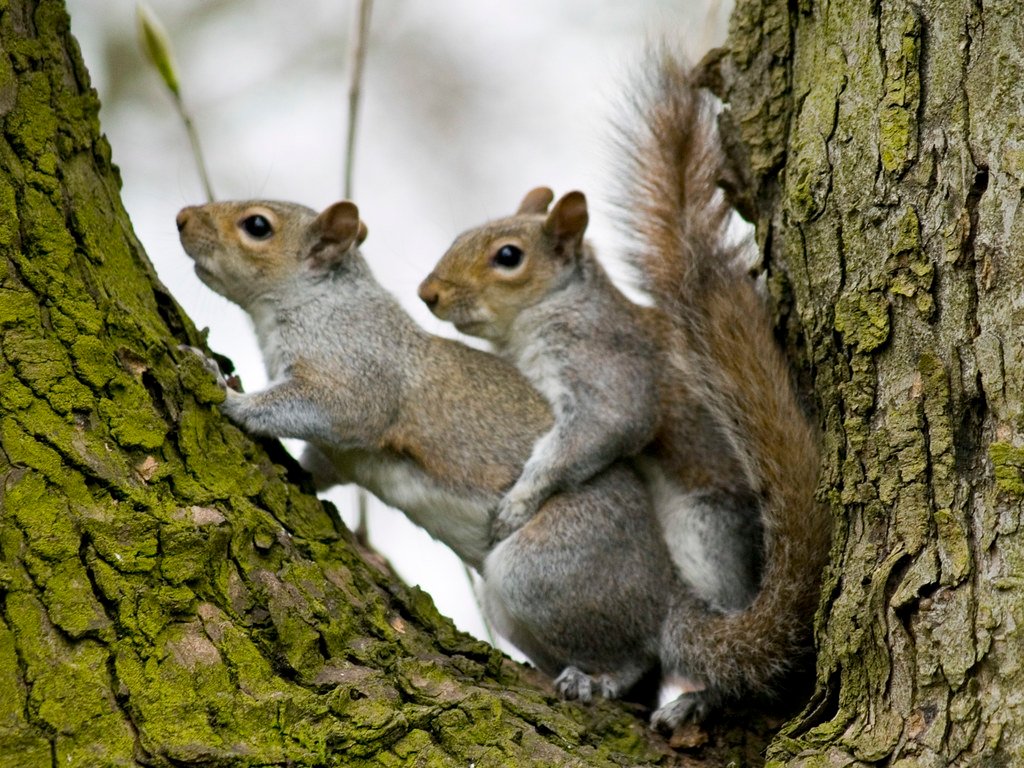
From dazzling displays and intricate dances to competitive standoffs and unique role reversals, the animal kingdom’s mating rituals are as diverse as they are fascinating. These behaviors highlight the intricate strategies evolved to ensure reproductive success. Each ritual offers not only a method of attraction but a fascinating glimpse into the evolutionary pressures that have shaped species over time. By observing these remarkable courtship methods, we gain a deeper appreciation for the complex tapestry of life that enriches our world.

